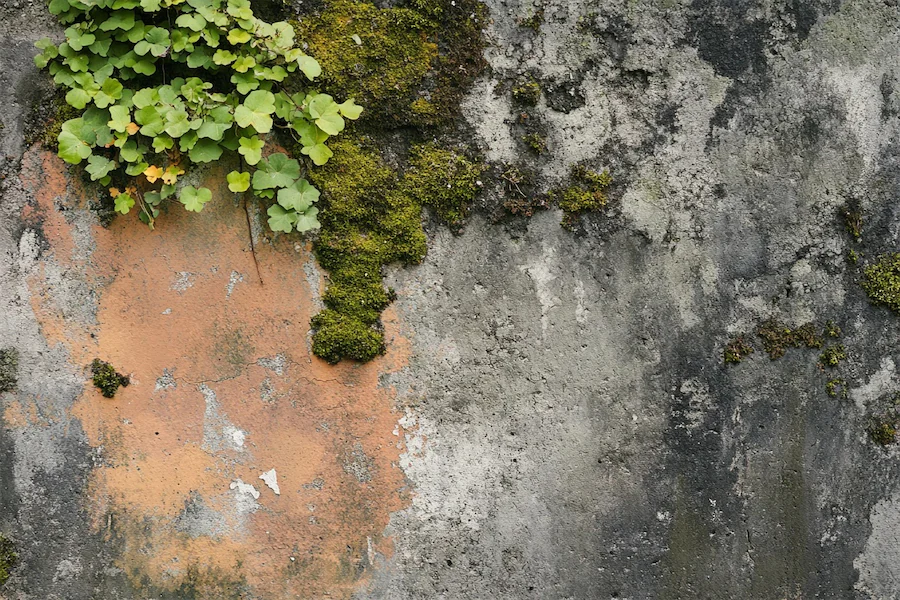Ecological walls, often referred to as green or living walls, are vertical structures integrated with vegetation, designed to enhance environmental sustainability and aesthetic appeal in urban settings. These installations contribute to ecological balance by improving air quality, providing thermal insulation, and supporting biodiversity.
Key Features of Ecological Walls
- Air Purification: Plants in green walls filter pollutants and carbon dioxide, leading to improved air quality in urban environments.
- Thermal Regulation: Vegetated walls act as natural insulators, reducing building temperatures and decreasing energy consumption for heating and cooling.
- Biodiversity Enhancement: Living walls create habitats for urban wildlife, including birds and insects, fostering biodiversity and restoring ecological balance in cities.
Applications of Ecological Walls
- Urban Buildings: Incorporating green walls in urban architecture mitigates the urban heat island effect, manages stormwater runoff, and enhances the aesthetic appeal of cityscapes.
- Interior Spaces: Indoor living walls improve air quality and contribute to the well-being of occupants by bringing natural elements into built environments.
Considerations for Implementing Ecological Walls
- Plant Selection: Choosing plant species well-adapted to local climate conditions and requiring minimal maintenance is crucial for the success of green walls.
- Structural Support and Maintenance: Ensuring that buildings can support the weight of green walls and implementing proper irrigation and drainage systems are essential for their longevity and effectiveness.
Conclusion
Ecological walls represent a sustainable architectural solution that integrates nature into urban environments, offering environmental benefits and enhancing the quality of life for city residents. By thoughtfully designing and maintaining these structures, cities can move towards more sustainable and resilient futures.
